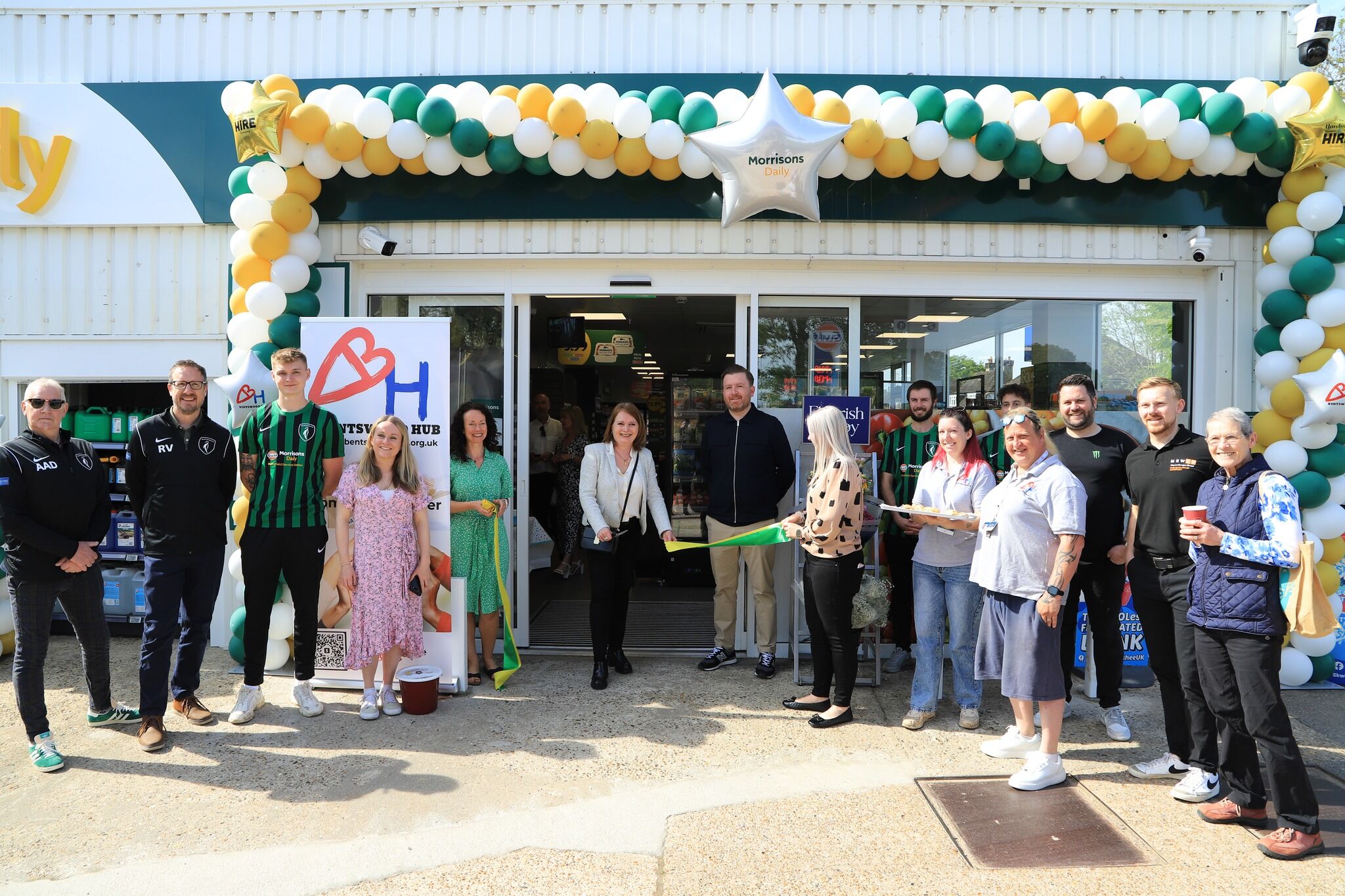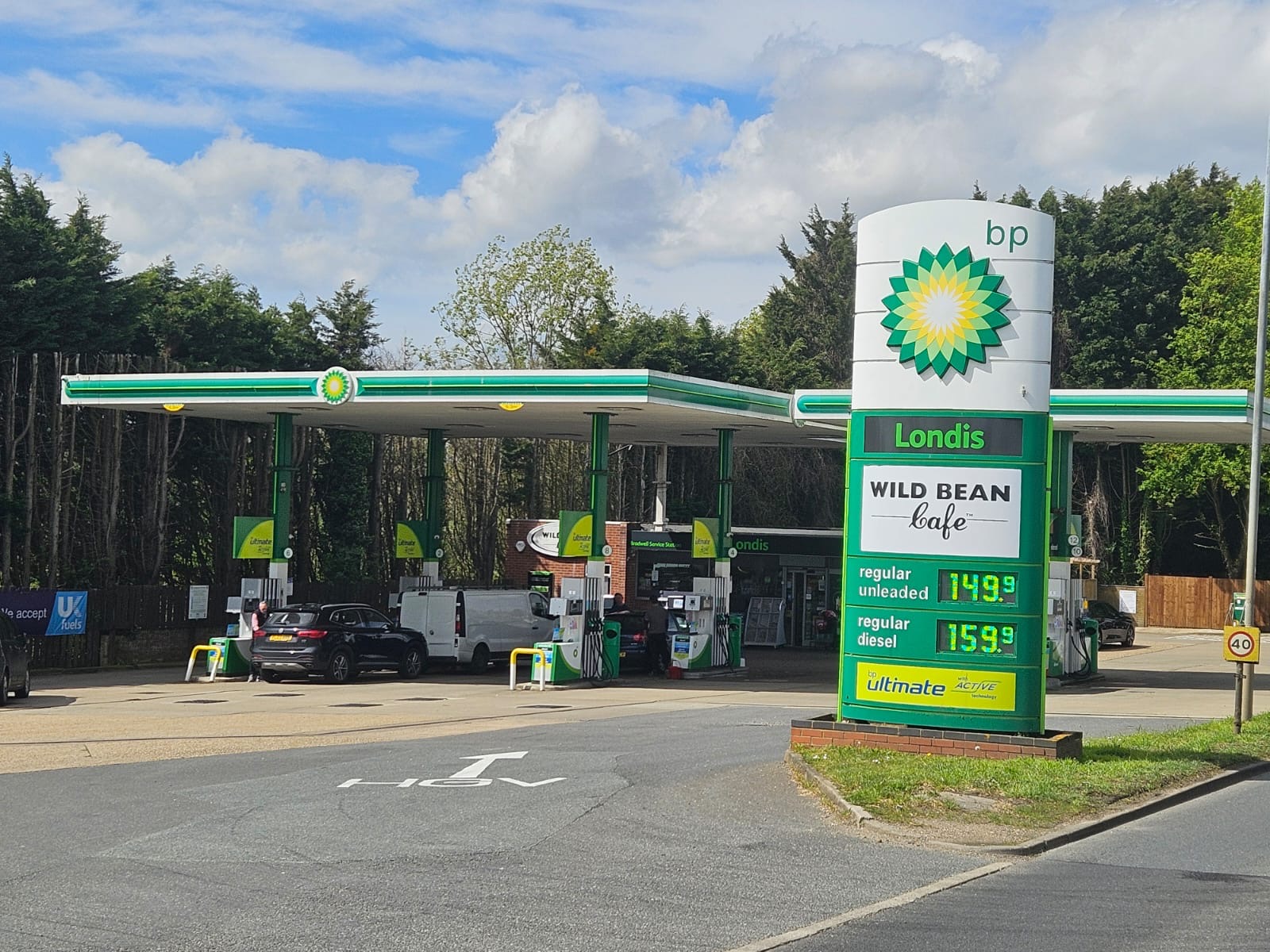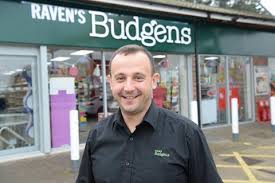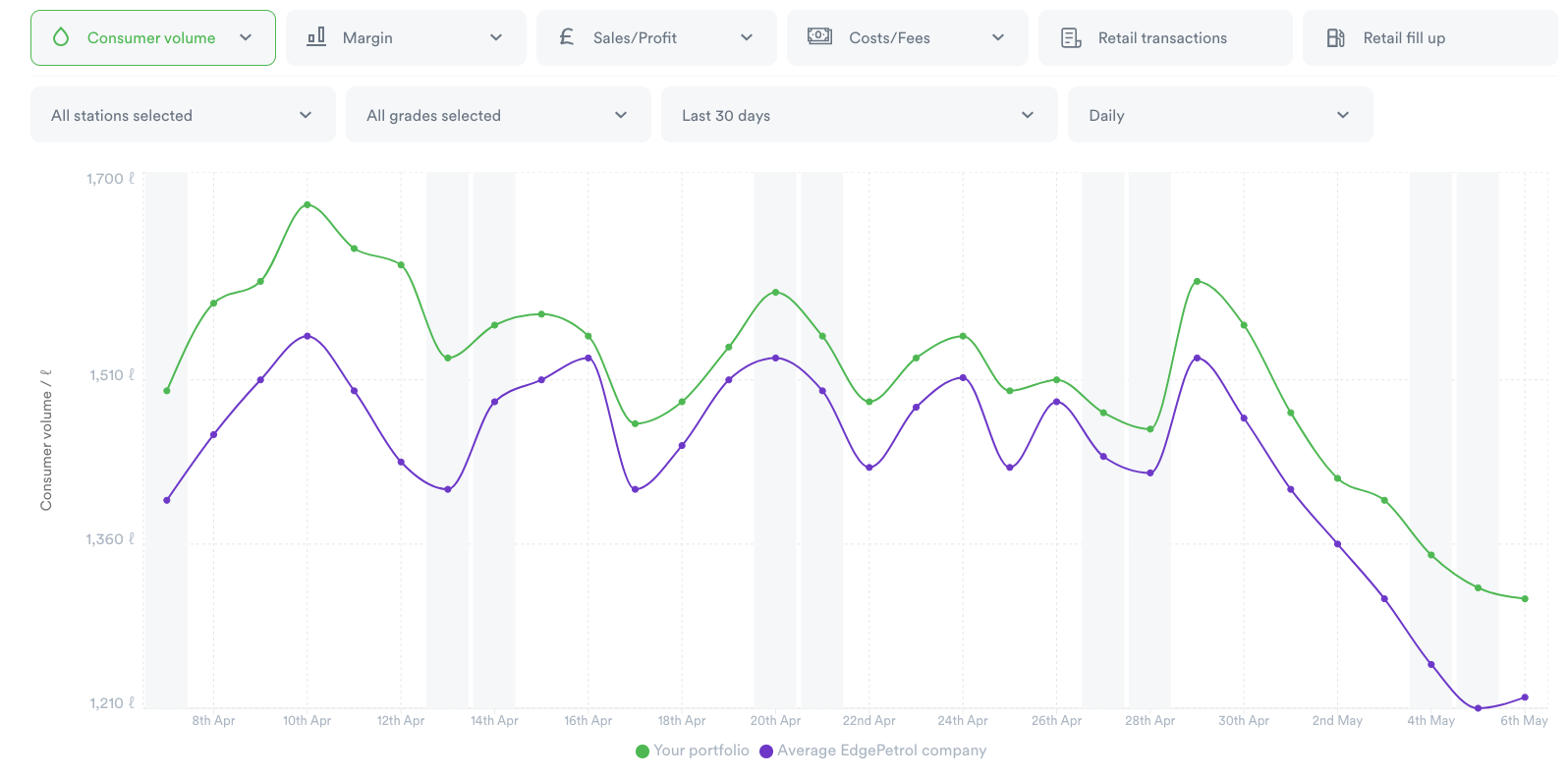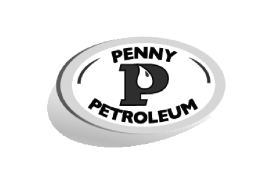Whether you price competitively, sacrificing margin in exchange for higher volume, or stand
higher in your local area, prioritising margin over volume, is one of the biggest strategic decisions you have to make as a petrol retailer.
Most independent retailers, not having the economies of scale of the large supermarket or corporate chains, tend to price higher. However, some of our customers have had great success in applying a Tumbledown strategy. This is where you lower the price on your lowest volume day, stimulating volume for that day, and hopefully grow longer term customers by increasing engagement and loyalty with your customers.
Who is this strategy useful for?
- If you have recently completed a shop re-fit, and you want to drive customers in to see the changes.
- If your shop offering is superior to your customers.
- If you want to increase volume, but don’t want to significantly impact your margin.
Setting Objectives
Before starting any new pricing strategy, it’s important to think about what outcomes you expect from it.
What percentage increase in volume would make this strategy a success?
This can be difficult to determine before trying the strategy, but there are some easy ways to get an idea. A good place to start is to calculate what extra volume you’d need to sell in order to make up for the lower margin. A good rule of thumb is that the percentage increase in volume, should at least equal the percentage decrease of margin.
For example, if you are making 15ppl, and lower your prices by 2ppl to 13ppl, this would represent a 14% decrease in margin. Therefore, you’d want at least a 14% increase in volume to break even. This doesn’t show the full picture, as an increase in volume should, theoretically, also lead to increase shop sales which needs to be taken into account when calculation return on investment on any pricing strategy.
Test
The first thing you need to do is determine which day you will run this strategy. Most of the time, this should be on your lowest volume day. You can easily view volume by day on EdgePetrol’s performance reporting feature. Change the calendar filter to the past three months, export to CSV, and then determine the average daily volume for each day to work this out.
The discount you are offering customers needs to be significant to encourage them to come
to your site. We recommend pricing at least 2ppl below your cheapest competitor. It is highly recommended that you use social media to help spread awareness of this campaign. When running any volume strategy, it typically takes several weeks for word to spread and to see significant results. We recommend testing this strategy for 4-6 weeks, and extending it beyond that if you see the results you want.
Assess
You want to be continuously assessing the impact of this strategy. If you are running this strategy on a Tuesday, for example, then you want to to sit down on Wednesday, and assess how well you’ve done. Look at shop sales and volume vs the average Tuesday.
It’s also important to assess what’s been going on during the rest of the week as well – you need to be thinking about how this strategy is impacting other days. Are customers who usually come during a Friday now coming on Tuesday? Or is any increase in volume coming from competitors?
Although it’s important to continuously assess, it’s also important to hold your nerve if initial results aren’t what you expected. As mentioned earlier, volume strategies can take several weeks to pick up.
Keep all of your analysis on one spreadsheet so you can easily assess the whole strategy.
Refine
By now you should have run the strategy for the initial testing period (4-6 weeks), and assessed the impact of it so far. You should now be able to answer some very important questions.
What increase in volume have you seen?
What impact has this had on shop sales?
What’s happened on the days you priced as normal?
Have you gained new customers?
How price sensitive is your site?
If you can answer these questions, you should have enough information to refine the strategy. Do you have to decrease your price further to see a more significant impact? Or can you get away with pricing closer to your cheapest competitor or even matching them?
You can continue to refine and tinker with the strategy to get the outcome that you want. Go back through the STARK framework (Set objectives, Test, Assess, Refine, Keep) whenever you refine to make sure you are continuing to track the strategy in the best way. You may find that you don’t need to refine the strategy – that it is clear that the strategy works the way you initially set it up, or that it doesn’t work for you at all.
Keep
Once you have either kept the initial strategy, or have refined it to an even better one, it’s time to keep it.
You’ve successfully got the outcomes you want, so keep doing the same thing. However, that does not mean keep doing the same thing forever. Continue to monitor performance and how your competitors are reacting. Any strategy can become less effective over time, so when that happens, have another think about how you can reach your goals.


